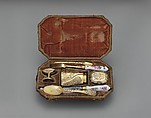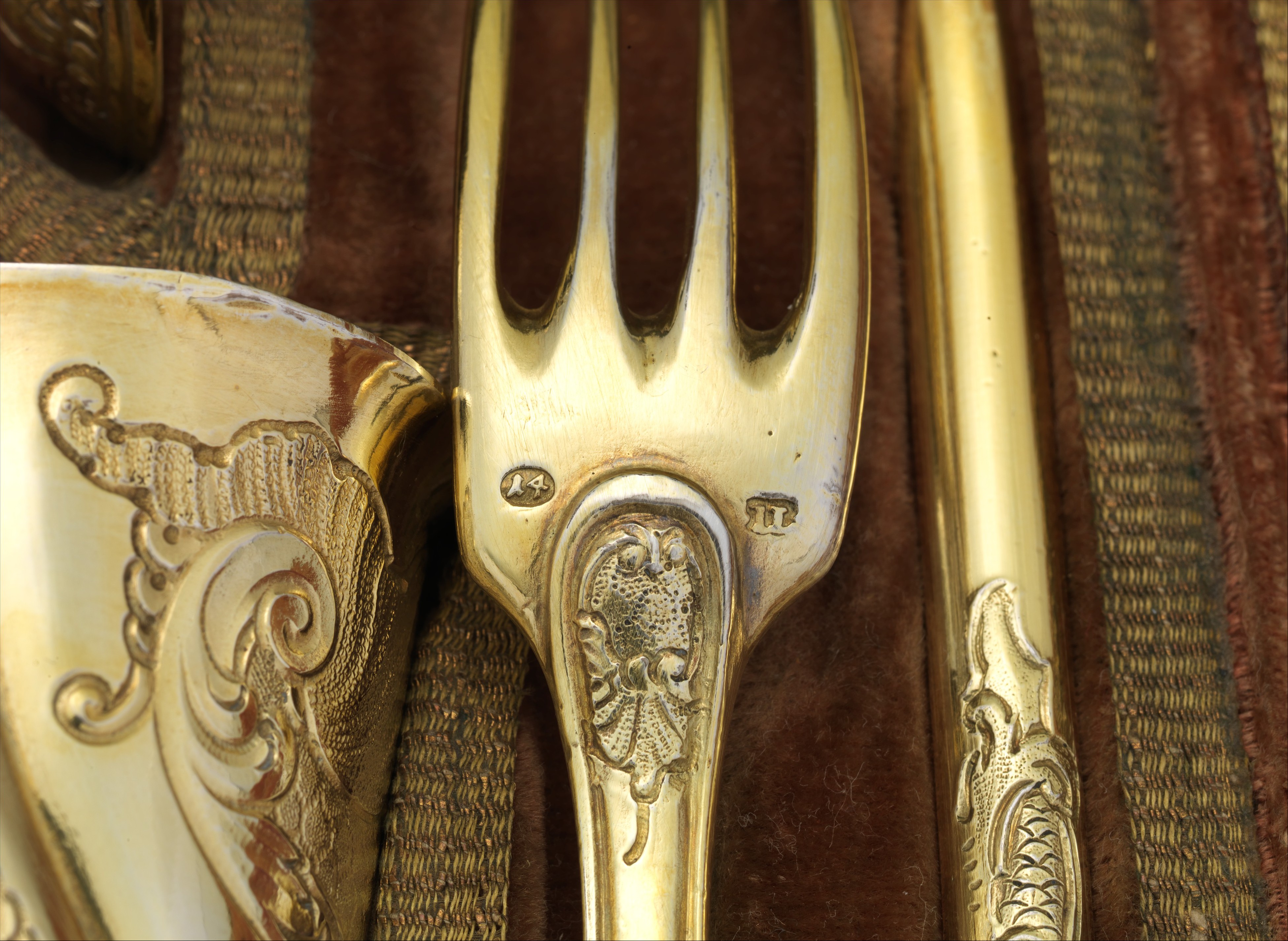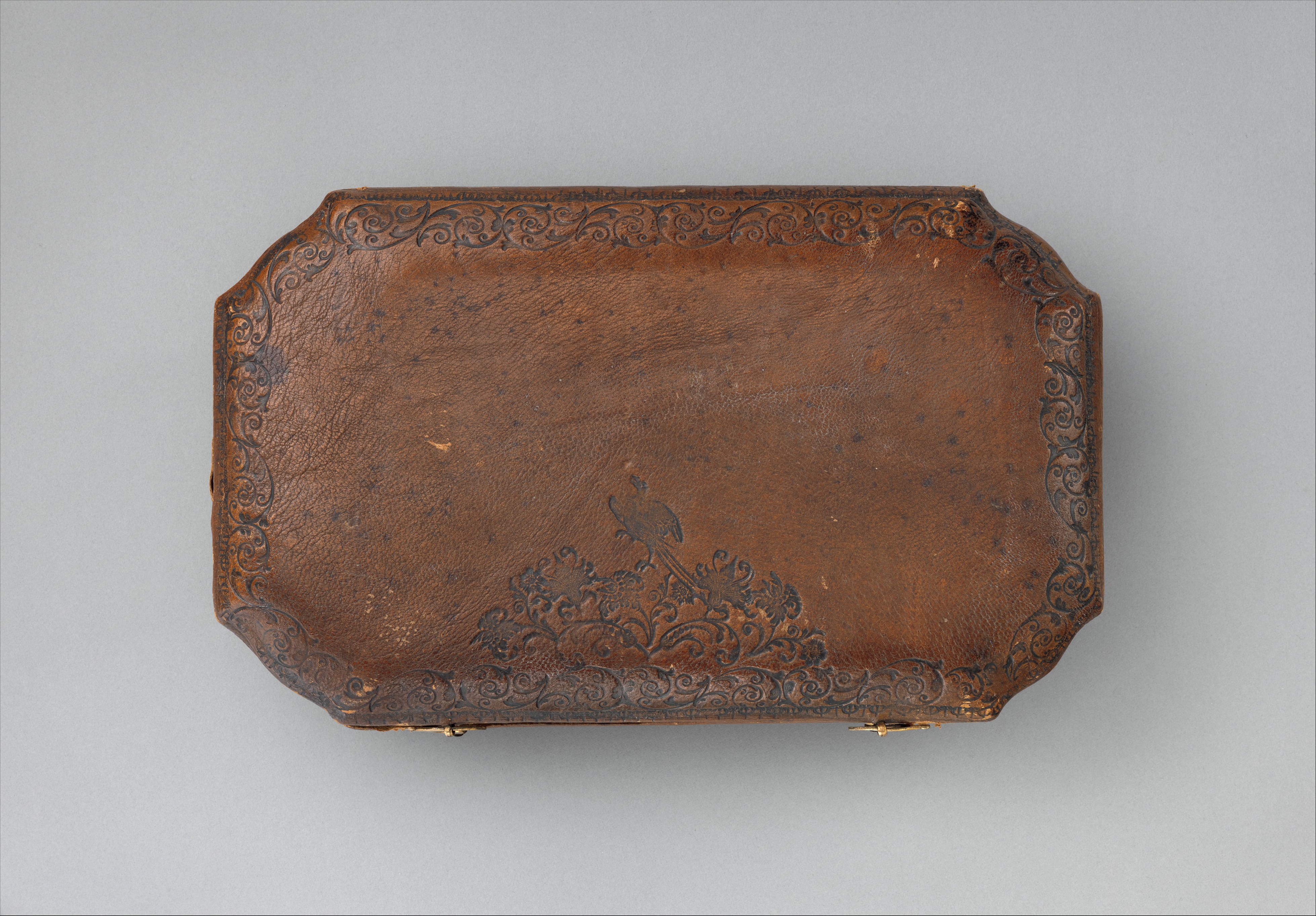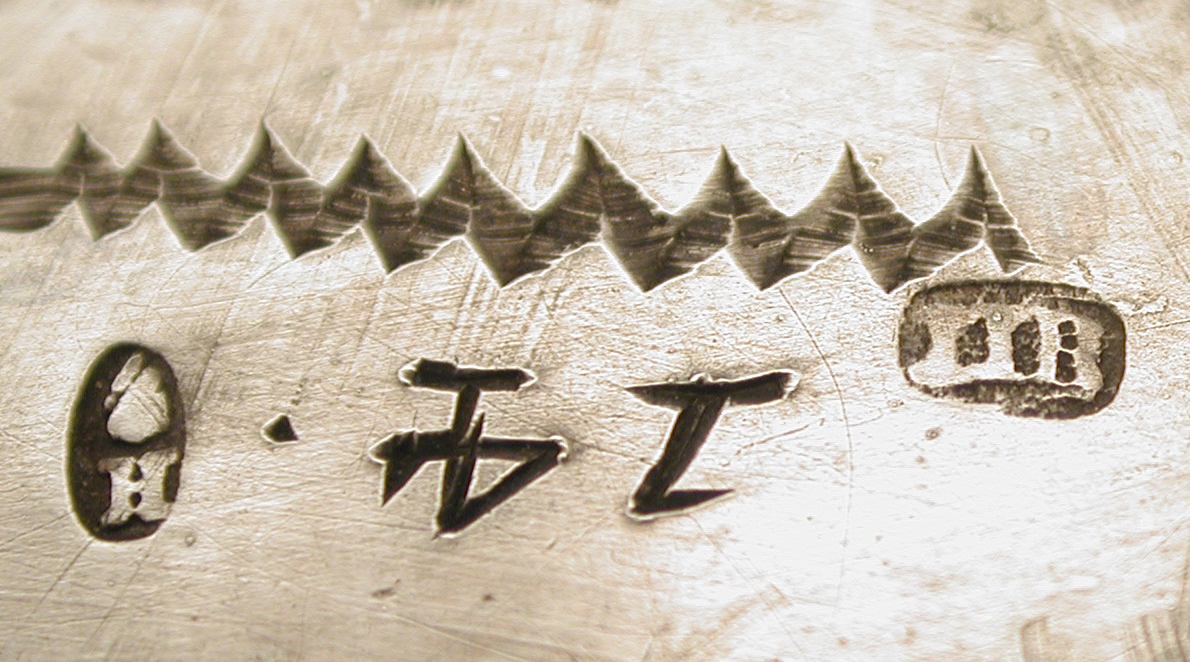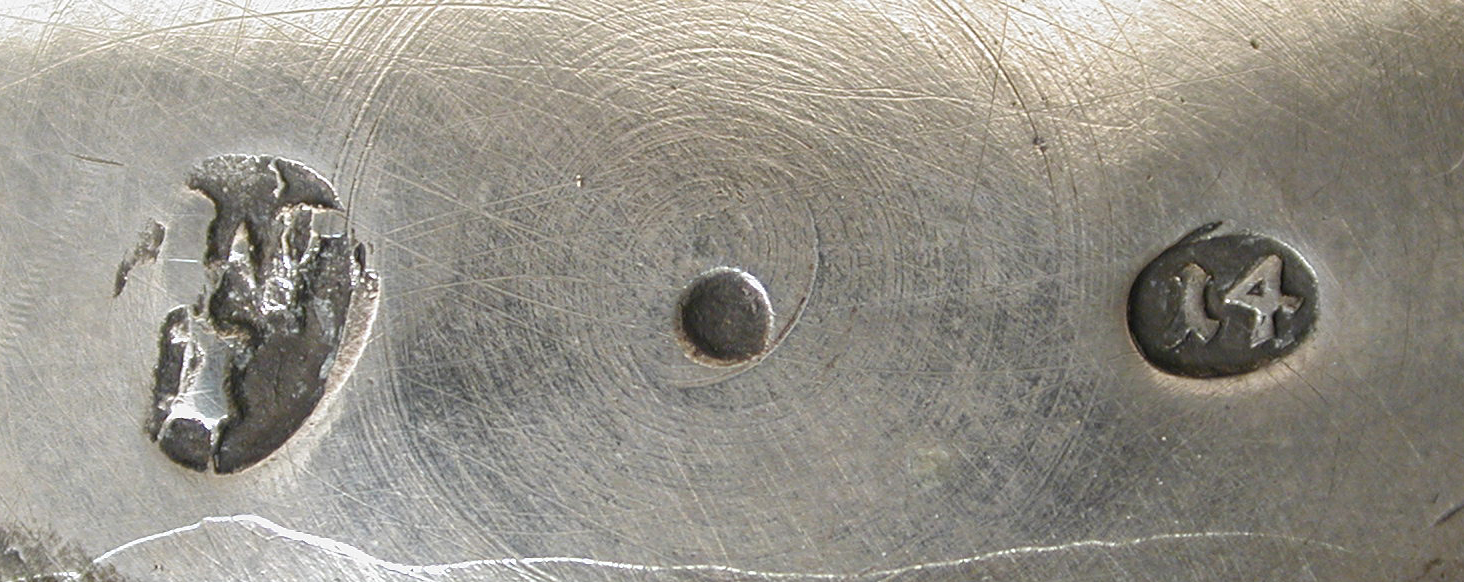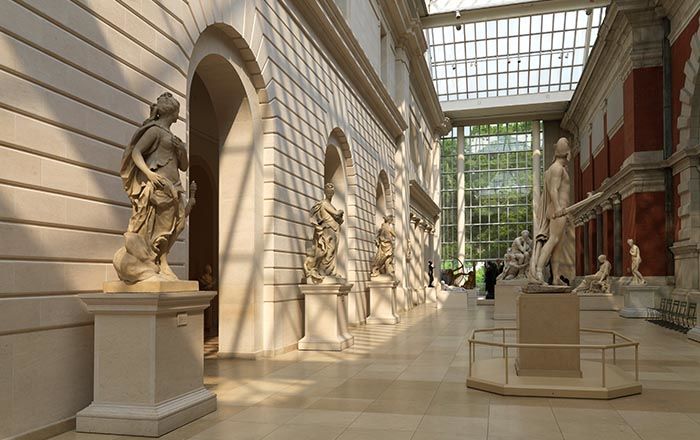Traveling set in leather case
Johann Ludwig Laminit German
Johann Jakob Bruglocher II German
Johann Mittnacht III
Not on view
Often found in local inventories, the German terms Mundzeug and Besteck originally referred to a case or sheath for holding a personal set of cutlery. These sets contained essential utensils—a knife, fork, and spoon—and other implements, and they reflect the aristocratic ceremony of dining in the eighteenth century. A spice box with two containers, a marrow spoon, and a conventional knife, fork, and spoon (here with Meissen handles) were used during the entremets courses. The beaker and egg holder were not always included. The mark “14” points to a patron who provided silver of 14/16 loth purity (the normal was 13 or .8125 pure). Therefore the Augsburg town mark was not applied but only the maker’s mark and the purity of the silver alloy.
References
Silber auf Reisen. Exh. cat. Museum Schloss Fasanerie bei Fulda. Eichenzell bei Fulda, 1991.
Hildegard Hoos in Messer, Gabel, Löffel. Museum für Kunsthandwerk. Frankfurt am Main, 1995, pp. 122-27, nos. 70-72.
Helmut Seling. Die Augsburger Gold- und Silberschmiede, 1529–1868: Meister, Marken, Werke. New ed. Munich, 2007, p. 49, no. 1990, p. 486, no. 2027, pp. 541–542, no. 2183, p. 566, no. 2271.
[Wolfram Koeppe 2015]
This image cannot be enlarged, viewed at full screen, or downloaded.
This artwork is meant to be viewed from right to left. Scroll left to view more.
